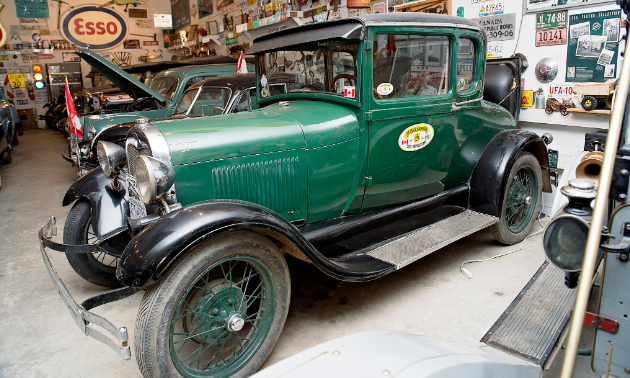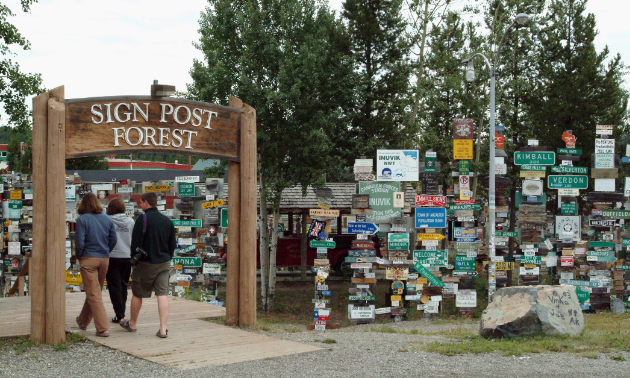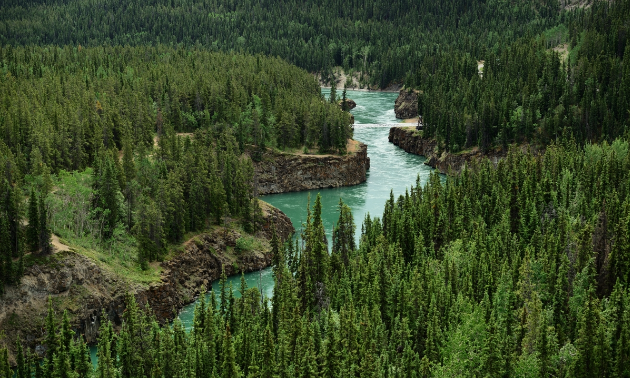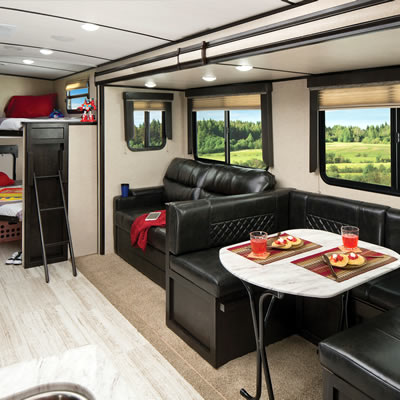Top 10 reasons to drive the Alaska Highway this summer during its 75th anniversary
Communities along the Alaska Highway are celebrating its 75th anniversary with a cavalcade of activities

Canada is hosting a massive shindig to celebrate its 150th birthday this year, but there’s another anniversary that’s half as old, and nearly as impressive. The Alaska Highway was constructed 75 years ago on the backs of U.S. troops and Canadian civilians. Japan’s attack on Pearl Harbor spurred a quick response from the U.S. government to approve the construction of the Alaska Highway since Alaska looked to be an avenue for the Japanese to invade and attack the United States and Canada. The Alaska Highway was necessary to access Alaska by land, as opposed to sea or air travel. The men hired to complete the road were required to work and live under the most extreme conditions imaginable. Intense cold and hot temperatures had to be endured alongside mosquitos, flies, gnats and grizzlies while trekking through swamps and rivers. Despite the hardships, the highway was complete in eight months.
Take your RV on a drive through history. Celebrate the accomplishment of the Alaska Highway with these exciting activities:
1. The Alaska Highway Road Show is a tour, celebrating the famous route’s 75th anniversary. The show starts in Dawson Creek, B.C., on July 7th and heads northward for 11 dates, wrapping up in Whitehorse, Yukon. The performances will be led by three artists whose families have a long history in the north. Bill Dolan, Allison Tubman and Kathy Jessup weave together research, family stories, music, artifacts and photographs to present an entertaining look back on the route’s remarkable 75-year history.
2. As you hit historic mile 300, you’ll be in Fort Nelson. Put the RV in park and explore the Fort Nelson Historical Museum which “showcases equipment from the building of the highway, a traditional trapper's cabin and one of the most impressive antique car collections,” said Krista Vandersteen, economic and community development assistant. “Marl—and his beard—the museum curator, is almost as famous as the museum itself.”
3. Take a hike. Just north of Fort Nelson, you’ll enter the northern Rocky Mountains. This 530-kilometre stretch to the Yukon border is full of amazing vistas, glacier rivers and lakes and all the animals that call it home. The Northern Rockies has a variety of hiking trails ranging from one-kilometre flat and easy to challenging 74-kilometre hikes, allowing something for everyone.
4. Three-hundred kilometres north of Fort Nelson is the respite your body will be craving: Liard River Hot Springs. This pristine natural attraction is located inside the 1,082-hectare provincial park, which also includes camping and a children’s park. Finish a soak in the natural spring with a stroll on the boardwalk through warm-water marshes and the area’s unique ecosystem. The hot springs are said to be the cornerstone of any Alaska Highway adventure.

5. Get lost in Watson Lake’s Sign Post Forest. This colourful collection of signs was started in 1942 by Carl Lindley, an American soldier who was working on the Alaska Highway and missed home. A commanding officer asked him to repair and erect the directional signposts, and while completing the job, he added a sign that indicated the direction and mileage to his hometown of Danville, Illinois. The trend turned into tradition, and there are now over 77,000 signs in the forest. More sign posts are added as needed by the Town of Watson Lake. Feel free to bring your hometown sign with you or make one at the Visitor Information Centre.
6. See the Hà Kus Teyea Celebration at the Teslin Tlingit Council Heritage Centre in Teslin, Yukon. The festivities will kick off with a traditional lake crossing and arrival in a Tlingit canoe, followed by a greeting ceremony and the lighting of the Celebration Fire. That will be followed by a welcoming and grand entrance parade with pageantry, flags and Tlingit regalia in the afternoon. Evenings will begin with a public feast followed by cultural performances. Here’s what you’ll see throughout the weekend: public art workshops, cultural demonstrations, storytelling, traditional canoe events, First Nation performers, an artists market, kids zone, stick gambling and a variety of food vendors. Experience it all July 27 to July 30, 2017.
7. The Kluane Mountain Bluegrass Festival attracts international audiences and world-class performers to Haines Junction, Yukon. The best bluegrass bands in North America will congregate at St. Elias Convention Centre. Three days of concerts are highlighted, with a Sunday Gospel Show included. There will be opportunities to jam, attend workshops, visit, bask in the beautiful scenery and see the midnight sun. The festival is set to go June 9 to 11, 2017.

8. Witness the world’s longest annual canoe and kayak race. The Yukon River Quest stretches 715 kilometres from Whitehorse to Dawson City, Yukon. Paddlers come from around the world to test their endurance, racing day and night to the Klondike on one of North America’s great rivers. The 100 teams representing 11 countries will battle it out for top spot from June 28 to July 2, 2017.
9. Thousands of artists, visitors and supporters will be converging on the Kwanlin Dun Cultural Centre on the Whitehorse waterfront for the Adäka Cultural Festival. Adäka means “coming into the light” in the Southern Tutchone language. The festival is committed to shining a light on the creative spirit of Yukon First Nations people. Those in attendance will see a world-class, iconic festival that showcases, celebrates and fosters the development of Yukon’s diverse and distinctive First Nations arts and culture. See for yourself from June 30 to July 6, 2017.
10. Look up, way up! Canada’s highest mountain, Mount Logan (5,959 metres) is located within Kluane National Park. The park is home to the St. Elias Mountains, with 26 peaks over 3,657 metres. The park is known for its untouched beauty and contains the largest non-polar ice field. To gain elevation, visitors can take a flightseeing tour over the dramatic landscape. Just off the Alaska Highway, Kathleen Lake provides a spectacular backdrop for hiking, fishing, and camping. Kluane National Park is also home to a rich wildlife population, including the world’s most genetically diverse grizzly population and Dall sheep, which are often seen traversing Sheep Mountain.






